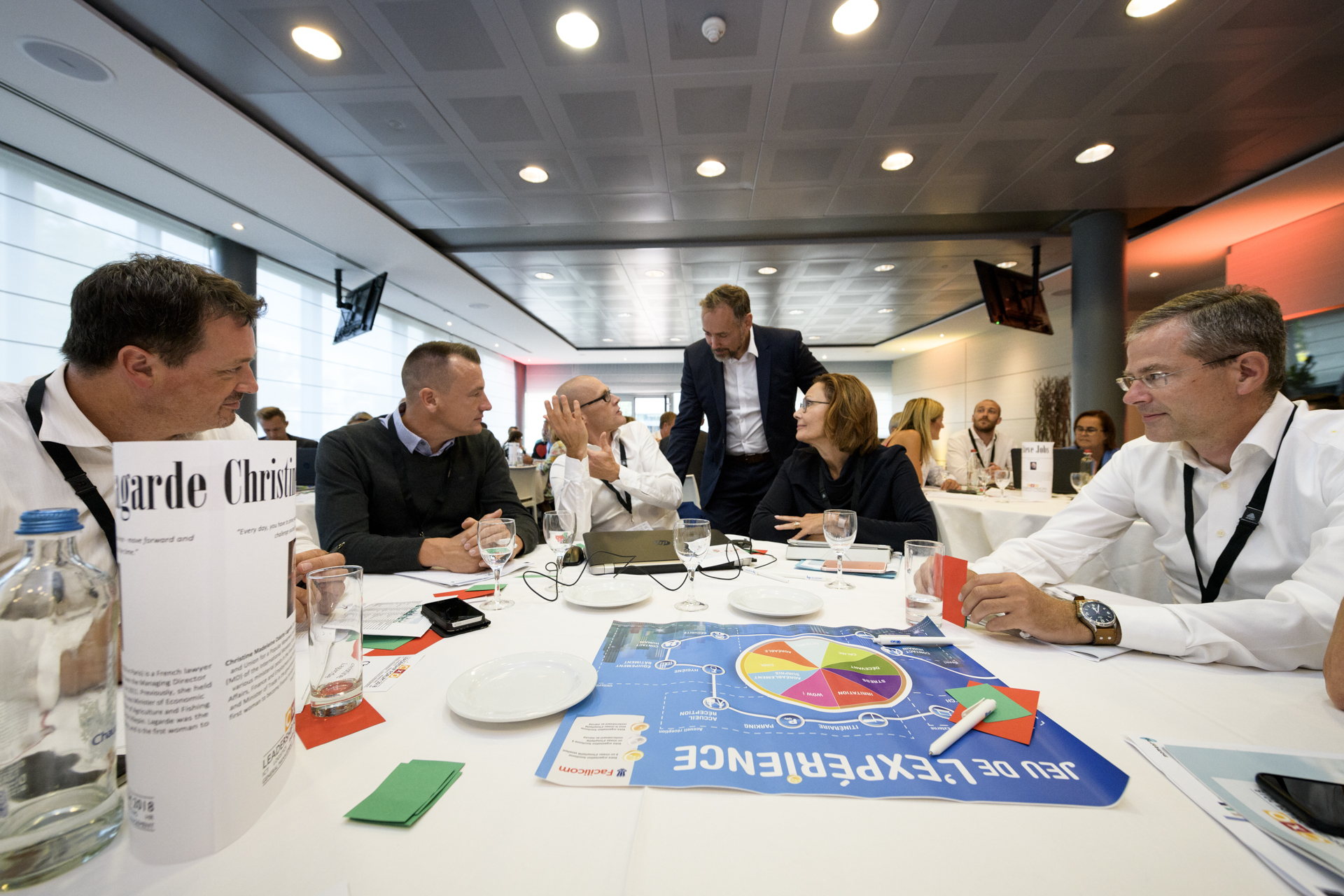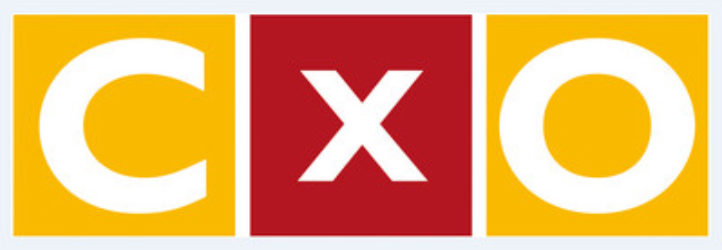Not all the ideals that companies often commit to are equally useful. Some are too vague, others are too disconnected from people’s daily lives, and others are simply too different from the reality of how people currently behave to take hold. This observation led me to wonder if there are some essential values—values that absolutely must be in place if you’re going to build a high-performance organization. Source: Fast Company
Help Employees Understand the Company Strategy
| Understanding the company’s big-picture strategy is vital for every employee, but many struggle to grasp it. Simply communicating your strategy isn’t enough—employees need to know the context and reasoning behind it. Here’s how to help them understand the strategy so they can execute it. Explain the roads not taken. Don’t just explain what the strategy is—explain what it isn’t. Share alternative routes you considered and why they were ultimately decided against. Highlighting these choices, and creating transparency around strategic decision making, helps your employees understand the reasoning behind the strategy you’ve arrived at. Link strategy to purpose. When presenting new strategic decisions, always tie them back to your organization’s purpose, mission, and goals. This helps people see the bigger picture without needing all the intricate details. Involve employees in strategy development. Engage employees in the strategy process through feedback, workshops, and initiatives. This inclusion fosters a shared understanding of the context in which the strategy is developed. Use technology like AI-powered surveys to encourage participation and gather insights. |
| This tip is adapted from “3 Ways to Clearly Communicate Your Company’s Strategy,” by Constantinos C. Markides and Andrew MacLennan Source: Harvard Business Review |
Is Servitization ’the next big thing’? Of is het dat al vandaag al als je de juiste groeistrategie zoekt?
Servitization in het Nederlands wordt meestal vertaald als “servitisatie” of “servitisering.” Het verwijst naar de transformatie van een bedrijf van een productgerichte naar een dienstgerichte benadering. Dit houdt in dat bedrijven niet alleen fysieke producten verkopen, maar ook aanvullende diensten aanbieden die de waarde van hun producten vergroten. Het doel is om een duurzamere klantrelatie op te bouwen door middel van servicegerichte bedrijfsmodellen.
Voorbeelden van servitization zijn:
- Een fabrikant van industriële machines die naast de verkoop van machines ook onderhouds- en reparatiediensten aanbiedt.
- Een softwarebedrijf dat naast het leveren van softwarelicenties ook consultancy- en trainingsdiensten biedt.
- Een autobedrijf dat niet alleen auto’s verkoopt, maar ook lease- en onderhoudscontracten aanbiedt.
Het idee is dat door het aanbieden van diensten, bedrijven hun klanten beter kunnen bedienen en tegelijkertijd nieuwe inkomstenstromen kunnen genereren.
Dit is een getuigenis vanuit Nederland. Servitization vanuit de praktijk bekeken.
Boost Team Participation in Meetings
Low participation in meetings can harm your team’s productivity by reducing collaboration, hampering decision-making, and eroding unity. How can you encourage more fruitful engagement?
Start by clarifying expectations. Outline the supportive behaviors you want to see in your meetings. For example, you could say, “As a team, we support each other, we tackle challenges together, and we communicate constructively.”
Model these behaviors yourself, and be sure to celebrate when your team members do the same. For example, you might say, “I would like to recognize something. Alex, the way you just acknowledged Jordan’s contribution embodies the supportive culture we want to have on our team—one where every team member’s input is recognized and appreciated. Alex, thank you for demonstrating this and setting a positive example for us all.”
It’s also helpful to offer team members different ways to contribute—for example, allow for written input before, during, or after meetings. And consider rotating the meeting facilitation among all team members to give everyone a chance to lead. Giving those who are typically less vocal a structured role can help empower them to speak.
How do you motivate different generations in the workplace?
Generational Differences in the Workplace: Boomers, Gen X, Gen Y, and Gen Z Explained.
As a supervisor or HR manager, it’s important to understand the dynamics of a multigenerational workforce. This includes what drives both your elder and younger employees and how you might best motivate them all. Consider the traits, experiences and preferences that factor into motivating baby boomers vs. Millennials vs. Gen Z vs. Gen X, Gen Y and beyond.
The annual Employee Engagement Report of Gallup
Only 11% of the Belgian employees is still engaged, and 72% is not engaged anymore. That sounds pretty dramatic (Percentages based on Gallup data aggregated from 2020, 2021 and 2022).
Employee engagement is the involvement and enthusiasm of employees in both their work and workplace. Highly engaged teams outperform the rest in business outcomes critical to the success of your organization.
6 Workplace Trends Leaders Should Watch in 2024
In 2024, employers and employees are heading for a relationship reset. This shift partly stems from changes in where and how people work. In 2019, 60% of remote-capable employees spent their week working fully on-site, whereas that figure has fallen to just 20% in 2023.
But that’s not the complete story. Nearly five in 10 U.S. employees work fully on-site in jobs that can’t be hybrid or remote. And Gallup’s research indicates that how employees are managed has about four times as much influence on employee engagement and wellbeing as their work location.
Essentially, it’s the relationships workers have — with their coworkers, managers, leaders and organization — that are significantly evolving. Many organizations are radically retooling the ways they do business, leaving many employees, including managers, stressed and disconnected.
Source: Gallup
How product design can yield ‘triple wins’: Growth, margin, and sustainability
Some consumer companies have simultaneously increased sales, cut costs, and reduced carbon emissions. Their secret? Paying closer attention to the design of their products and packaging.
As consumers become more demanding and less predictable, consumer companies “have to be super focused—almost surgical—in the decisions they make about the product portfolio and individual product attributes.” In other words, says McKinsey partner Dave Fedewa, companies need to think harder about product design. In doing so, they can make greater progress toward not only their sales and profit goals but also their sustainability targets.
Read more and listen to the podcast
Source: McKinsey
6 ways to land your dream job – even if you are an introvert
Introverts often hide their light under a bushel. But a powerful personal brand can help you create a positive impact and attract the right opportunities.
There are introverts in all spheres of life. Lady Gaga and Beyoncé in the world of entertainment, Barack Obama in politics, and so many in business that a much-cited Myers-Briggs Foundation study in the early 1990s went as far as to suggest that up to 98% of chief executives fell into this category.
Source: IMD Lausanne
Meet all the work stakeholders you can imagine on 5 an 6 Juni in Antwerp Expo. www.worldofwork2024.be
Nominations for the Engineer Woman Award
Every year, Deutsche Messe honors an expert female professional from the STEM sector. This person is selected for having implemented innovative trends in the technical environment of a company through her commitment, ideas or work performance. Besides this, nominations are also invited for the Young Engineer Woman Award, which will be presented for the second time.
This will go to a female natural scientist from the STEM field who is no more than 30 years old, and who has made exceptional contributions in the technical sphere, or has otherwise performed above and beyond the call of duty.
Both invitations for nominations are aimed at all companies and institutions from Germany and abroad. Only one nomination per award is allowed for each company/institution. The deadline for entries is 15 February 2024.
The awards will be presented on 25 and 26 April during the FEMWORX Career Congress at HANNOVER MESSE in a ceremony that is sure to attract considerable media attention. Nominations are free of charge. The winners of the Engineer Woman 2024 Award and the Young Engineer Woman Award 2024 will be selected by an independent jury consisting of members of the Congress Advisory Board. This jury will initially determine three nominees for each of these awards. The two award winners will be announced at the FEMWORX Congress.
The nomination documents can be downloaded from the Internet at https://www.hannovermesse.de/en/side-events/special-events/awards/engineer-woman-award .
The Engineer Powerwoman Award 2023 went to Dr. Christina Franke. She has been with Bosch Rexroth in Stuttgart since June 2022, working there as head of development in the Assembly Technology business unit. She started her professional career in June 2004 in the Bosch Group as a trainee, quickly progressing to take on managerial tasks.
The Young Engineering Award 2023 went to Lisa Ihde from the Hasso Plattner Institute. She is an author and software engineer.

